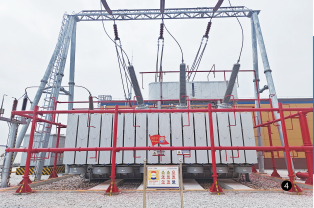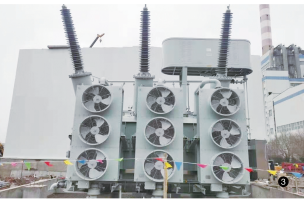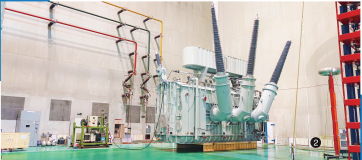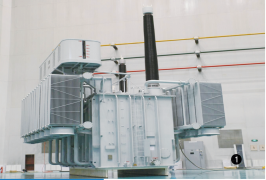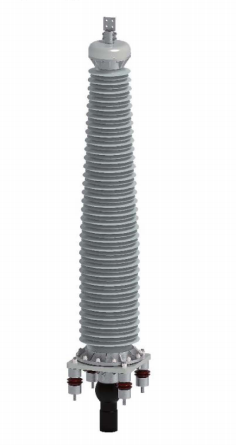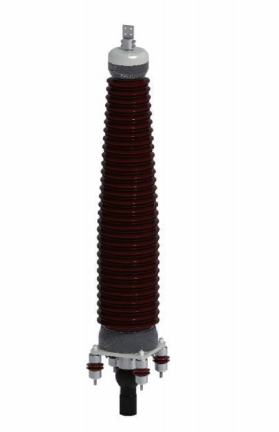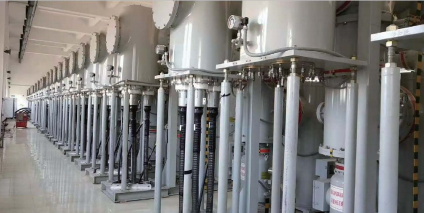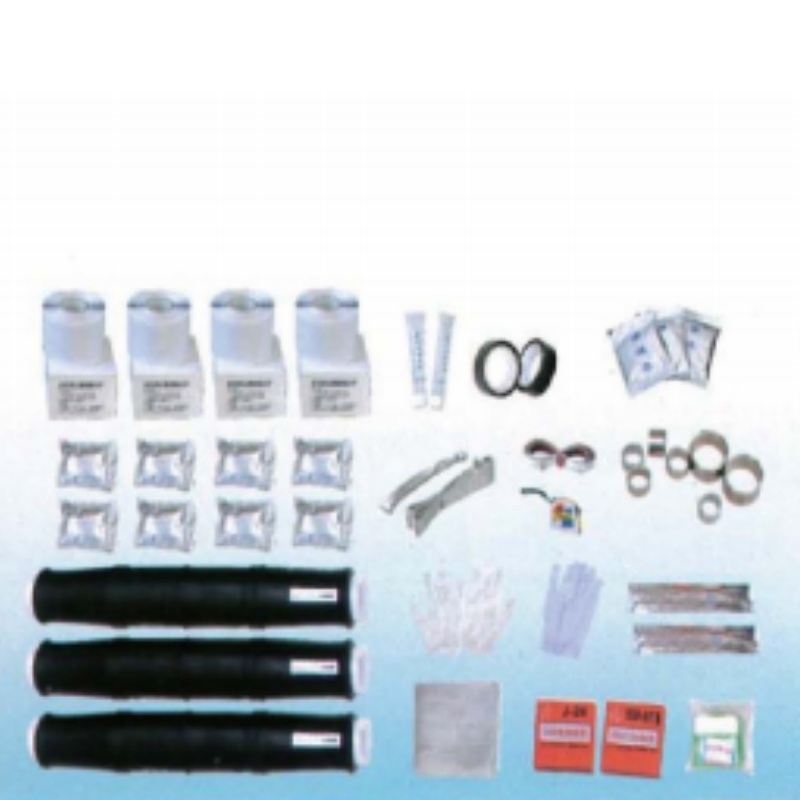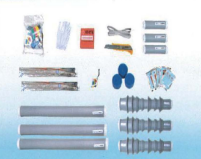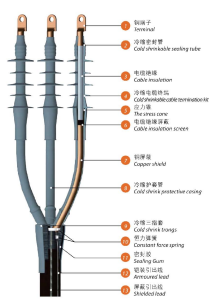Wedoany.com Report-Jan 10, Arizona Public Service Company (APS), the state’s largest electric utility, has secured a conditional commitment for a loan guarantee of up to $1.81 billion from the U.S. Department of Energy’s (DOE) Loan Programs Office (LPO) that will help finance investments into several new or upgraded transmission projects, renewable power generation, and grid-integrated energy storage systems.
APS plans to use the loan to invest in a broad range of new infrastructure technologies to meet expected demand growth while lowering emissions and saving 1.4 million customers money on their electricity bills.
The first investment to be supported by the proposed loan is the construction of the Agave Battery Energy Storage System (BESS) Phase 1 project, a 4-hour duration 150-megawatt (MW)/600 megawatt-hour (MWh) BESS in Maricopa County located next to an existing solar photovoltaic (PV) site. APS says the Agave project will help ensure stable and reliable grid operations when integrating renewable energy, system peak shaving, and storing excess renewable generation.
Unrelated to the loan but relevant in gearing up for load growth, APS holds a 20-year tolling agreement with the 1,200 MWh Papago Storage project, set to be the largest standalone energy storage project in Arizona once operations are commenced in Q2 2025. In June 2024, Recurrent Energy, a subsidiary of Canadian Solar and operator of the Papago project, announced a $513 million financing deal.
Future projects funded by the conditional LPO loan may include, but are not limited to:
Additional BESS facilities
New renewable energy generation projects, including solar PV and/or wind
Transmission projects, which can reduce overall grid costs and enhance system reliability
All electric utilities receiving an Energy Infrastructure Reinvestment (EIR) loan must provide assurance to DOE that the financial benefits received will be passed on to the customers of that utility. APS’ proposed loan is expected to reduce upward pressure on electricity rates for APS ratepayers due to the reduced cost of debt associated with LPO financing, and APS customers are expected to benefit from approximately $250 million in total savings over the life of the loan guarantee.
APS has publicly stated that it wants to deliver 100% clean and carbon-free electricity by 2050. The utility has interim goals of 45% of its energy mix coming from renewables by 2030 and exiting from coal-fired generation by 2031.
With its planned exit from coal-fired generation resources, APS has provided community transition support, including direct financial support of $2.25 million to the Hopi Tribe, $10 million to the Navajo Nation, and $1.6 million to Navajo County Communities. APS says it has also committed to working with the Hopi Tribe and the Navajo Nation to contribute up to $2.5 million toward electrification projects on these Tribal lands. In addition, APS has committed $2.5 million per year to the Navajo Nation for transmission line development. Payments start when APS exits the Four Corners plant (or 2032, whichever is earlier) and end in 2038, for a total of $17.5 million over 7 years. APS will provide job redeployment offers within the APS organization to all APS employees at coal-fired power plants in advance of APS’s exit from coal generation.
APS has also developed a partnership with Arizona State University to provide seed funding for the Indigenous Leadership Academy at the University. In addition, APS works with the Salt River Project and Tucson Electric Power Company on the Utility Grant Funding Program, providing financial assistance to communities affected by the exit from and decommissioning of coal-fired generation facilities.
Making it rain in the desert
APS submitted its application to LPO in November 2023. The DOE’s commitment to APS comes amongst a flurry of similar announcements as the LPO tries to disburse as much money as possible before the Trump Administration potentially closes its coffers. Pulling from a pool of hundreds of billions of dollars, the DOE has promised staggering sums, including a $15 billion low-interest loan for California’s Pacific Gas & Electric to expand hydropower, energy storage, and more, and $4.9 billion for the Grain Belt Express Phase 1, a 2,500-MW interregional transmission line that will connect three regional grids: the Southwest Power Pool (SPP), the Midcontinent Independent System Operator (MISO), and Associated Electric Cooperative Incorporated (AECI).
In October 2024, APS was greenlit for $70 million in combined awards from DOE’s Grid Resilience and Innovation Partnerships (GRIP) program to upgrade system devices, monitoring systems, and wood utility poles in the name of wildfire resiliency. The funds will also go toward implementing microgrids in vulnerable areas to enhance energy reliability and resilience for 289,000 APS customers. Approximately 69% of the project is set to be carried out in rural, Tribal, or disadvantaged communities. APS estimates it will prevent nearly one million customer interruptions and save $113 million in emergency repair costs.
America Renewable Generation / America electricity transmission

